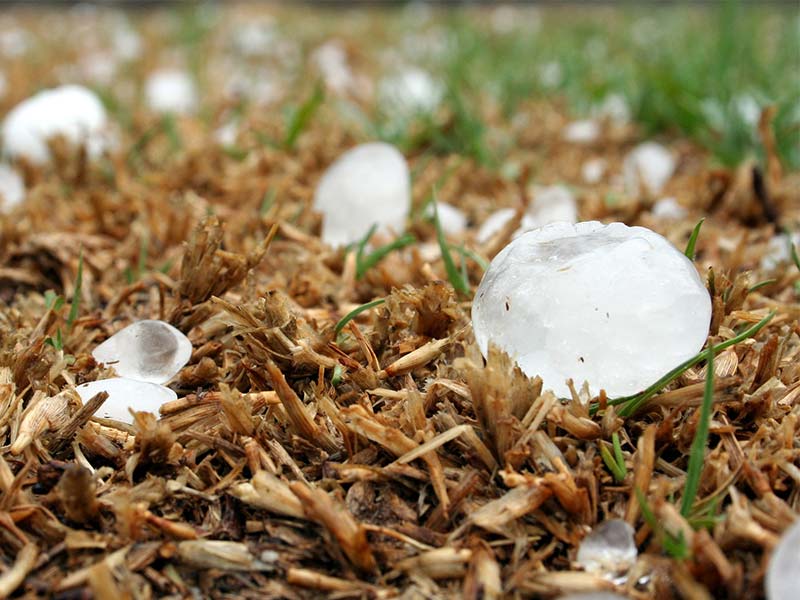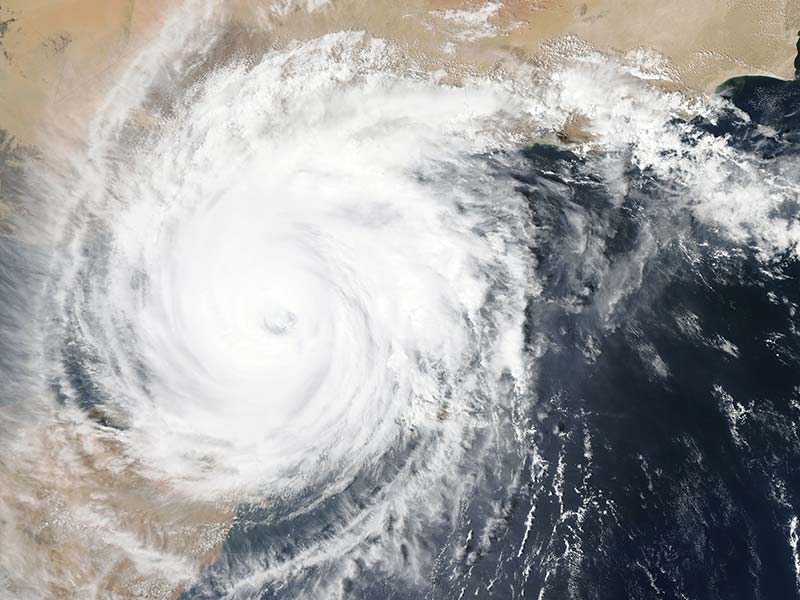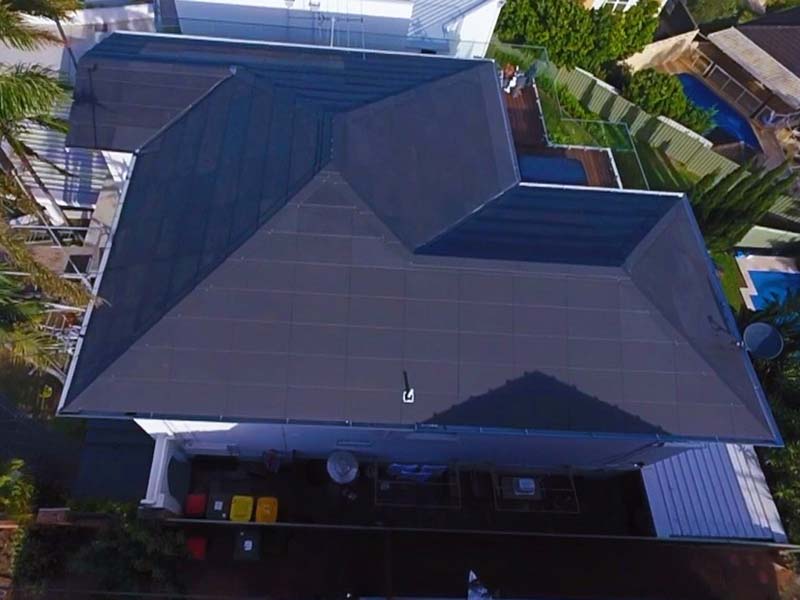Hailstorms are becoming a more frequent occurrence in Australia. Not only for their frequency but also their impact. Large hail stones over 2 cm can have a devastating impact on cars, homes and livelihoods, leaving a massive repair bill with skyrocketing insurance premiums as a flow on effect.
Roofs are at a greater risk of hail damage in Australia
The latest report by IAG, ‘Severe Weather in a Changing Climate’ says that hailstorms with large to giant hail – from 2 cm to above 5 cm in diameter – have already increased in frequency over south-east Australia. It also indicates the regions at most risk of these hailstorms will be further south than usual, including Sydney, Adelaide, Perth, Canberra and Melbourne.
While cars can be put under cover, even temporarily, to protect them from hailstorms, the roof of your house is a different story. While roofs are more robust than cars when it comes to hail, the increasing size of hailstones put roofs at a greater risk with less options to protect them in a hurry. This is leading may homeowners to seek a suitable roofing material to protect the home and its precious contents inside.
How is Hailstorm intensity measured?
The TORRO Hailstorm Intensity Scale plots the size and damage possible by hailstorms across a ten-point scale. This scale can be used to compare various roofing products to determine the most robust roof for your area.
- H0 – less than 5mm
- H1 – 5-15 mm
- H2 – 10-20 mm
- H3 – 20-30 mm
- H4 – 25-40mm
- H5 – 30-50 mm
- H6 – 40-60 mm
- H7 – 50-75
- H8 – 60-90
- H9 – 75-100 mm
- H10 – greater than 100 mm
What Roofing material is best for hail?
Metal Roofing – H4 Severe Rating
Metal roofing, apart from being very noisy during a hailstorm, can dent the metal sheeting during intense hailstorms along as chip the surface paint. While metal roofing may survive hail stones up to 4cm in diameter (h4), chips caused by hailstones can expose the metal surface underneath which then leads to rust and corrosion, particularly in coastal areas.
Concrete Tile Roofing – H4 Severe Rating
Concrete roofing, similar to metal roofing is suitable for hailstones up to 4 cm in diameter. However, according to a study by James Cook University, after the devastating hailstorm in South-East Queensland in 2014, found that of the moderate or severely damaged roofs, metal roofs made up 5% of these, as opposed to concrete tiles which made up 20% of damaged roofs.
Composite roof tiles – up to H8 Rating
Newer composite material often comprising of fibreglass resin, can outperform traditional metal or concrete roofing in impact resistance. For example, according to the TORRO scale, the Tractile composite roofing tile is rated at H8 destructive. This means it can withstand hailstones up to 90 mm, the equivalent size of a softball.
When choosing your new roof, it pays to assess all the available materials based on the increased intensity of extreme weather events in Australia. From cyclones to hailstorms and bushfires a suitable material and roofing system to survive Australia’s harsh conditions is a worthy investment.
The Australian designed Tractile premium roofing system is rated to H8 Destructive hailstorms, category 5 cyclones and for use in Bushfire Attack Level 40 (BAL-40) rated regions. Tractile also offers the benefit of adding and integrated solar capability along with solar heated water. If you are considering a streamlined, robust and innovative roofing solution then Tractile might be the choice for your new home or replacement roof.





